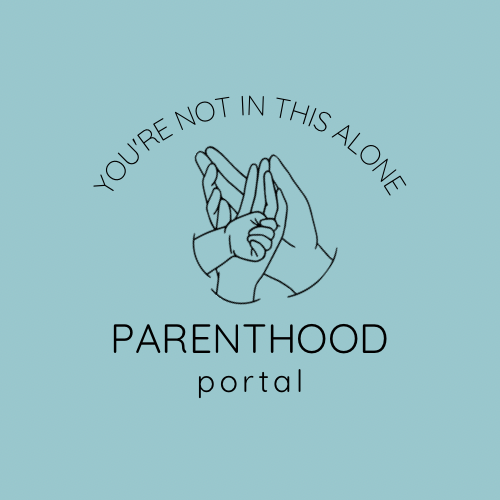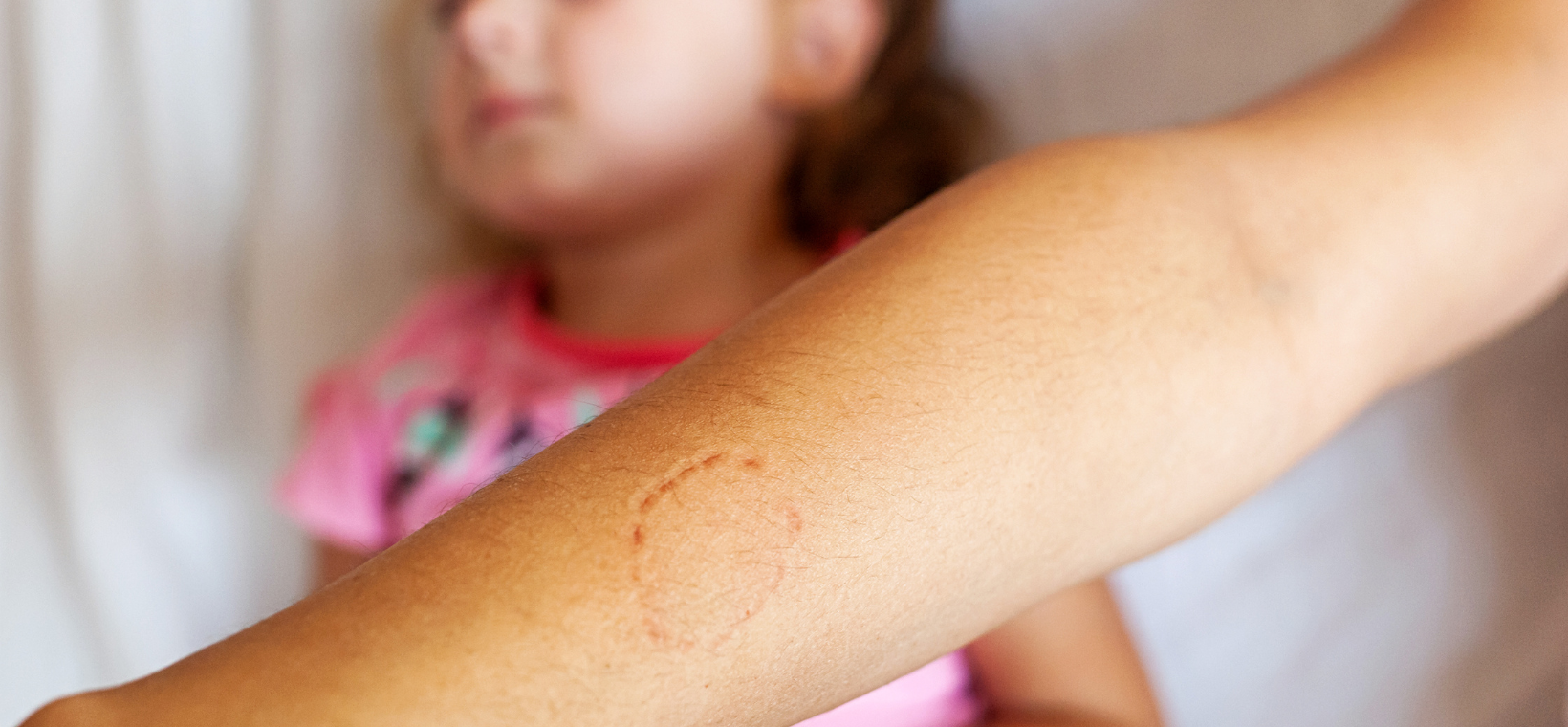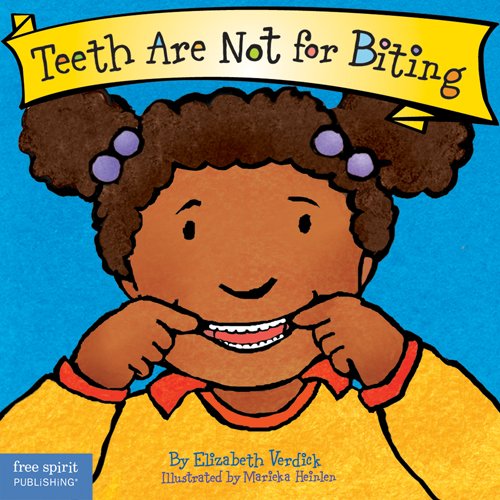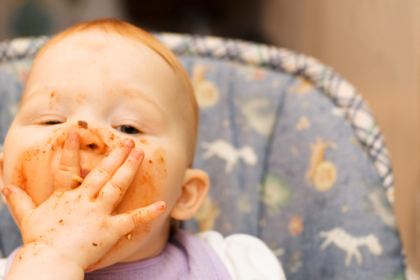There will come a time when a child becomes either “The Biter” or “The Bitten”. Neither one feels any better than the other, and each position comes with its own unique set of challenges. Biting is one of the earliest forms of communication, and there may be more to a situation than meets the eye! When a child makes what seems to be a quick decision to hurt someone in their path, there are a couple questions we need to ask ourselves as caregivers: What makes children bite? How can we help remedy the current situation and any that may come up in the future?
Why Children Bite
The causes of biting may differ depending on the age and development of the child. Infants and younger toddlers may have different reasons to have a biting response.
Infant/Younger Toddler Development
Infants and younger toddlers may bite for a number of reasons:
- Lack of communication to vocalize wants and needs
- Young children are not able to convey to others “I’m hungry, I’m mad that you took the toy I was playing with” and other wants and needs they may have.
- Being overtired or overstimulated
- When children are experiencing vulnerability factors such as needing more sleep, or needing personal space to process overstimulating environments they are more likely to act in a way they typically wouldn’t.
- Teething or needing oral stimulation
- As children work on their teeth coming in, they may not know how to process the pain and different feelings going on in their mouth. Chewing on things, (even other people!) can help relieve the pain they are experiencing, or a need for sensory input.
- Curiosity
- Cause and effect is an important milestone that is developed as early as 8 months of age. Children want to see what will happen, and how others will respond to their actions.
Older Toddler/Preschool Development
Older toddlers and preschool aged children have similar reasons as younger children for biting, as well as other possible reasons:
- Acting in self-defense
- When children experience a behavior towards them, it is natural to react in self-defense. Often times biting is one of the first ways a child may react.
- Attention seeking behavior
- Children have an innate need for connection and attention, unfortunately biting another person is a super easy way to get an adult’s attention when you want it.
- Imitating other children
- Children in group settings may see their peers bite one another for any of the reasons in this article, if they see it happening, they are more common to try it out themselves.
- Processing difficult situations or trauma
- Unfortunately, the number of children who go through events that leave them with trauma or mental health struggles is shockingly high. Children who have not learned coping skills, or are too young to understand them may resort to biting as a form of dealing with those strong emotions.
How To Respond To Biting

Though biting can be a stressful and emotionally charged experience for everyone involved, it is important as caregivers to respond appropriately. Again, our response when biting occurs may be different depending on a child’s age and developmental level.
Infant/Younger Toddler Response
Infants and younger toddlers often bite without realizing what they are doing is actually wrong. There are things you can do to redirect the child, and get to the root cause of the biting, to deter it from happening in the future.
- Offer them a teething toy or something to chew on
- When a child is teething or needing oral stimulation, something as simple as a toy to chew on may be enough to satiate the child’s needs.
- I really enjoy these teething straws, because they are easy to clean, easy to bring along when traveling, and provide a variety of sensations to allow the child to choose what best helps them.
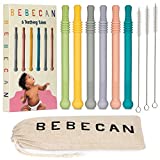
- Engage them in a different activity or move them to a different area
- Young children are most easily redirected, and if you consistently offer a preferred activity, it will become what they gravitate towards first, instead of biting
- Stay calm, and firmly say, “No!” or “No Biting!”
- Help create a boundary, and teach your infant what they should and should not be doing. Often times infants need to learn that what they are doing is not the acceptable response.
Older Toddler/Preschool Response
As children grow, and can realize more how others respond to their actions, we can work on helping them choose which behaviors are appropriate and which are not. We can also help them understand how others feelings are impacted.
- Respond first to the child that was hurt
- Make it known that you are going to help make them feel better. You can give the child that bit the option to help you or not. “You can help me get ice for Susie, or sit and calm your body.”
- Help label the emotions that the child may be feeling
- Kids have a lot of strong emotions, and if we help them identify them it can help them figure out how to manage them. “You seemed really frustrated when Johnny wouldn’t let you play on the swing. Could we go play in a different area of the playground together to calm our body?”
- Reinforce positive behavior that you see
- When a child makes a positive decision during a time that they may have bit, give them positive reinforcement, and let them know the positive behavior that you saw. “Lucy, I love that you asked for your toy truck back! You used your words instead of your actions!”
- Incorporate rules and expectations into your daily routine
- When at home you can verbally and physically display the rules. “No Biting” can be a firm expectation, and you can talk about what may happen if the child chooses to bite.
- A helpful tool for any age can be books. I really enjoy this book, “Teeth Are Not For Biting”. It helps a child see their actions from another point of view.
When responding to biting, compassion is the best route. Children are always learning, and creating new associations. When we help them work through the issue, and are understanding that there may be ups and downs, children will learn positive behaviors quicker, with less push back.
Resources
Here are a couple more resources about biting:
NAEYC, Understanding and Responding to Children Who Bite https://www.naeyc.org/our-work/families/understanding-and-responding-children-who-bite
Zero to Three, Toddler Biting: Finding the Right Response https://www.zerotothree.org/resource/toddler-and-biting-finding-the-right-response/
The links in this article will give me a small commission, and will help me work towards building this blog.
